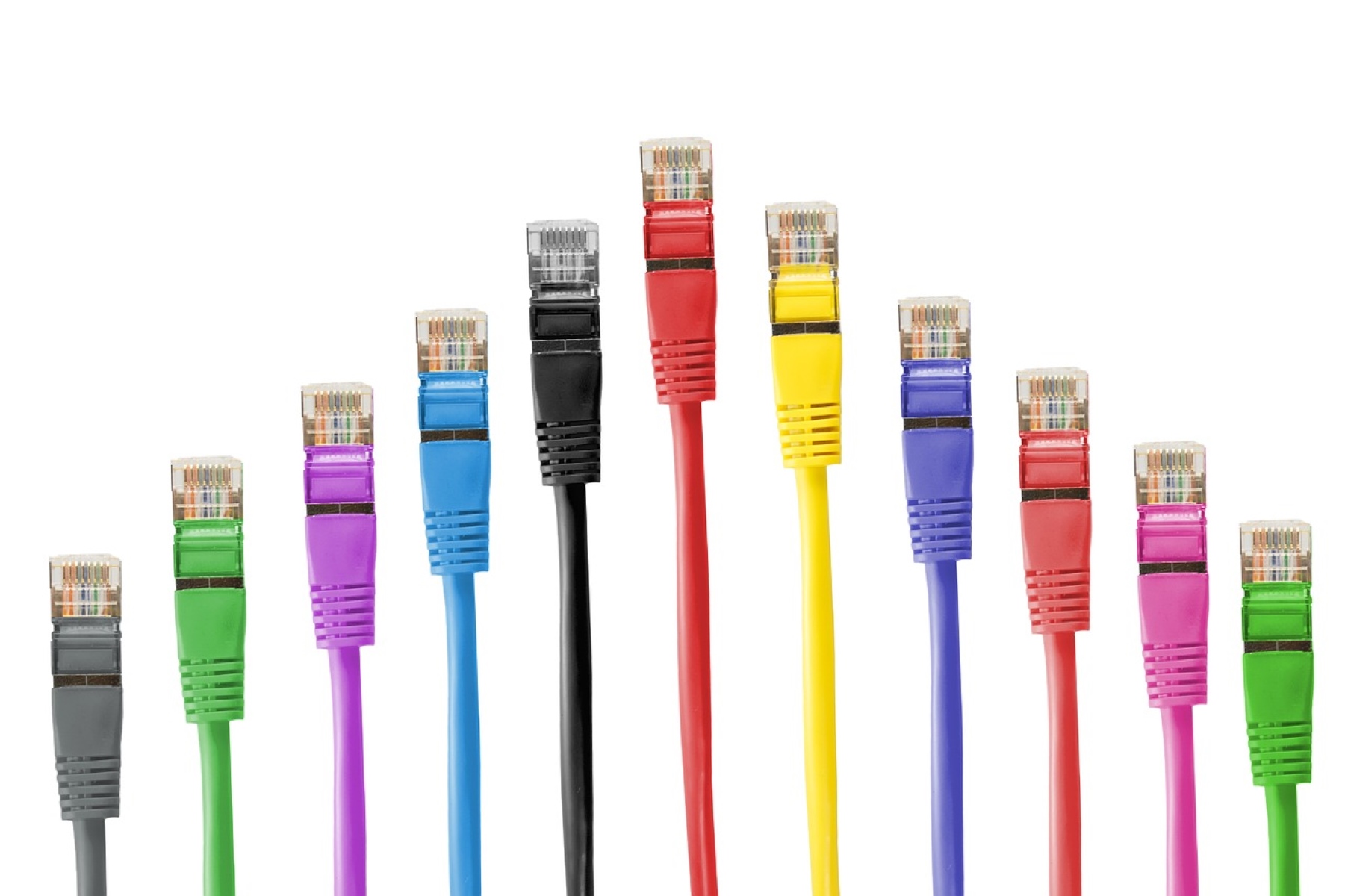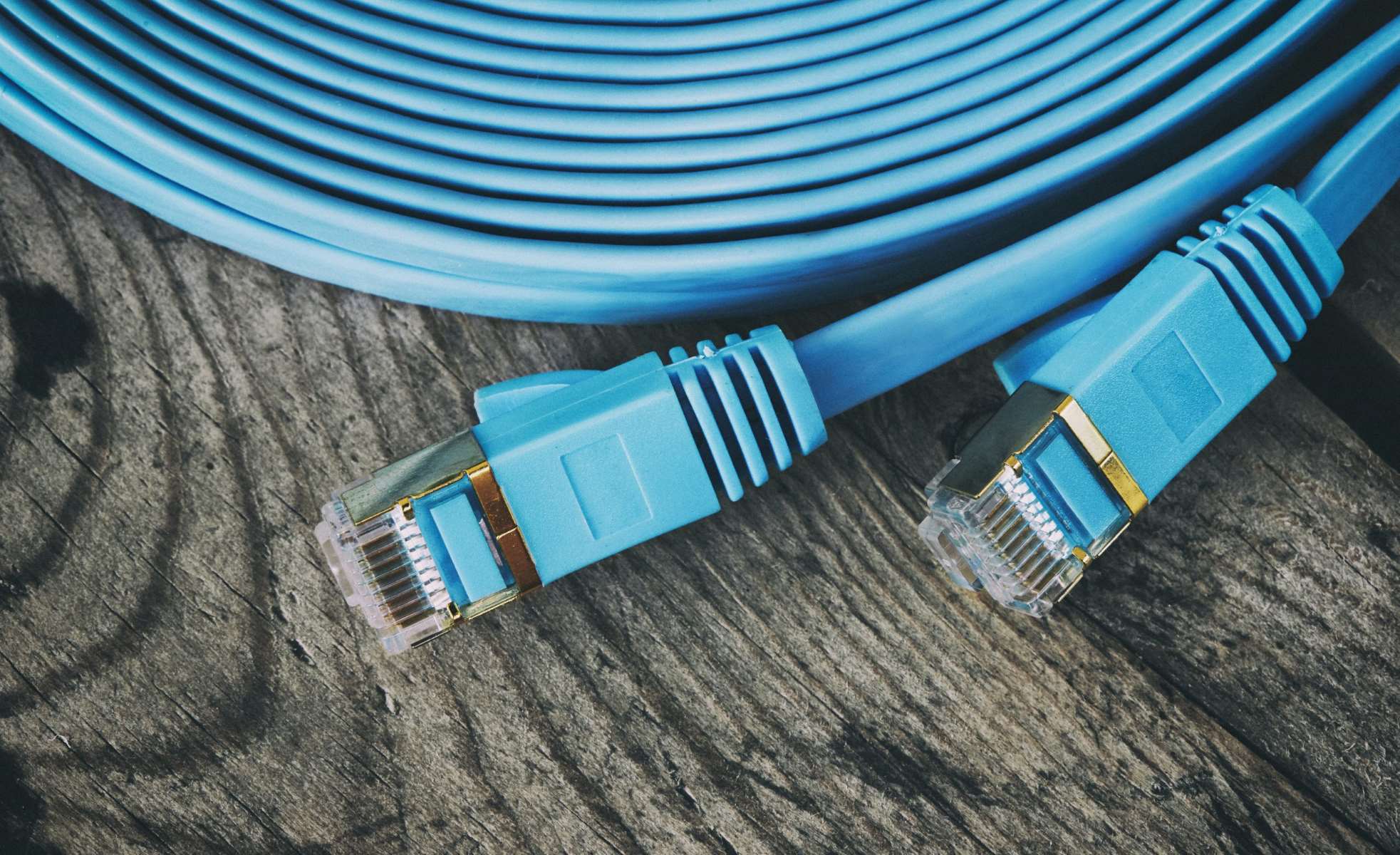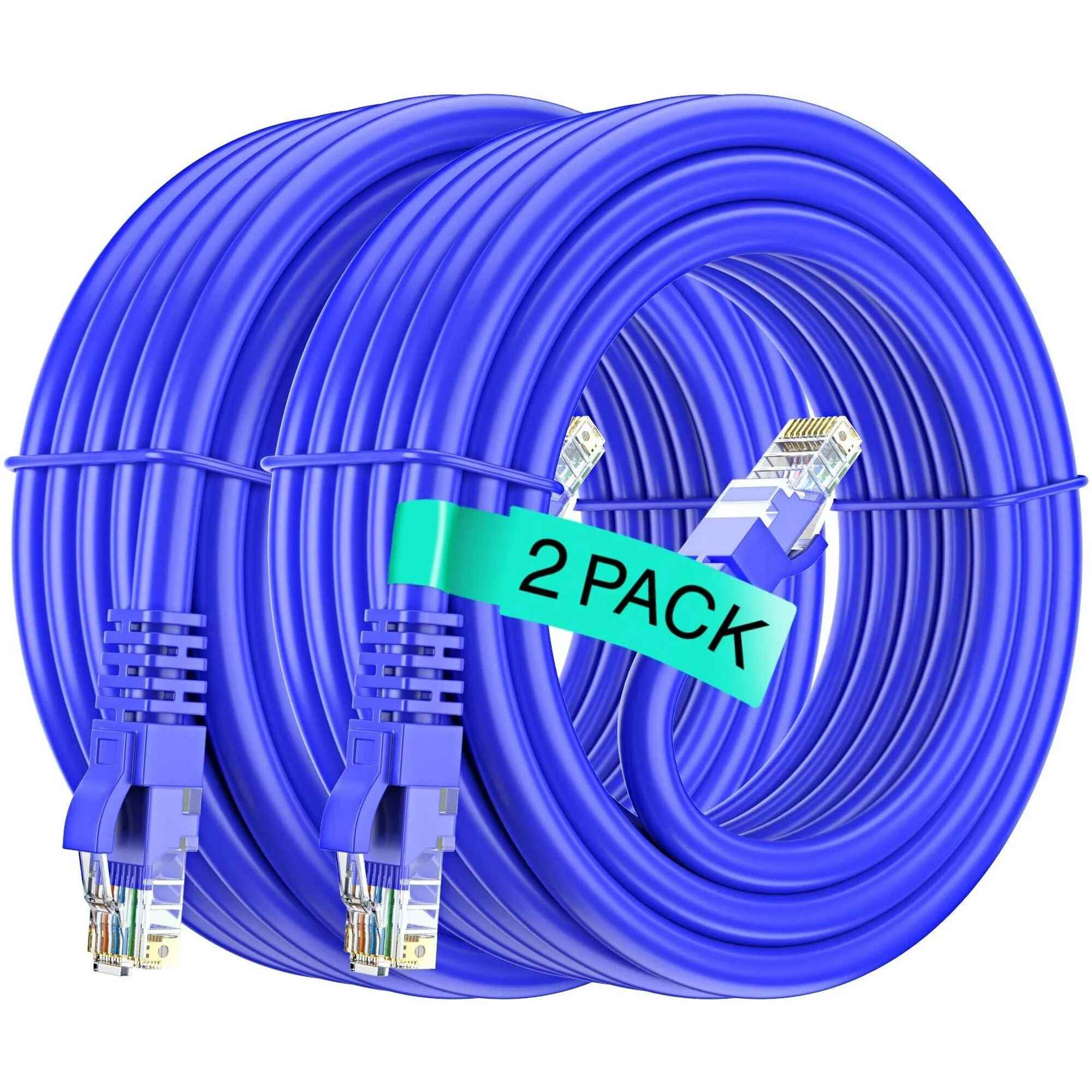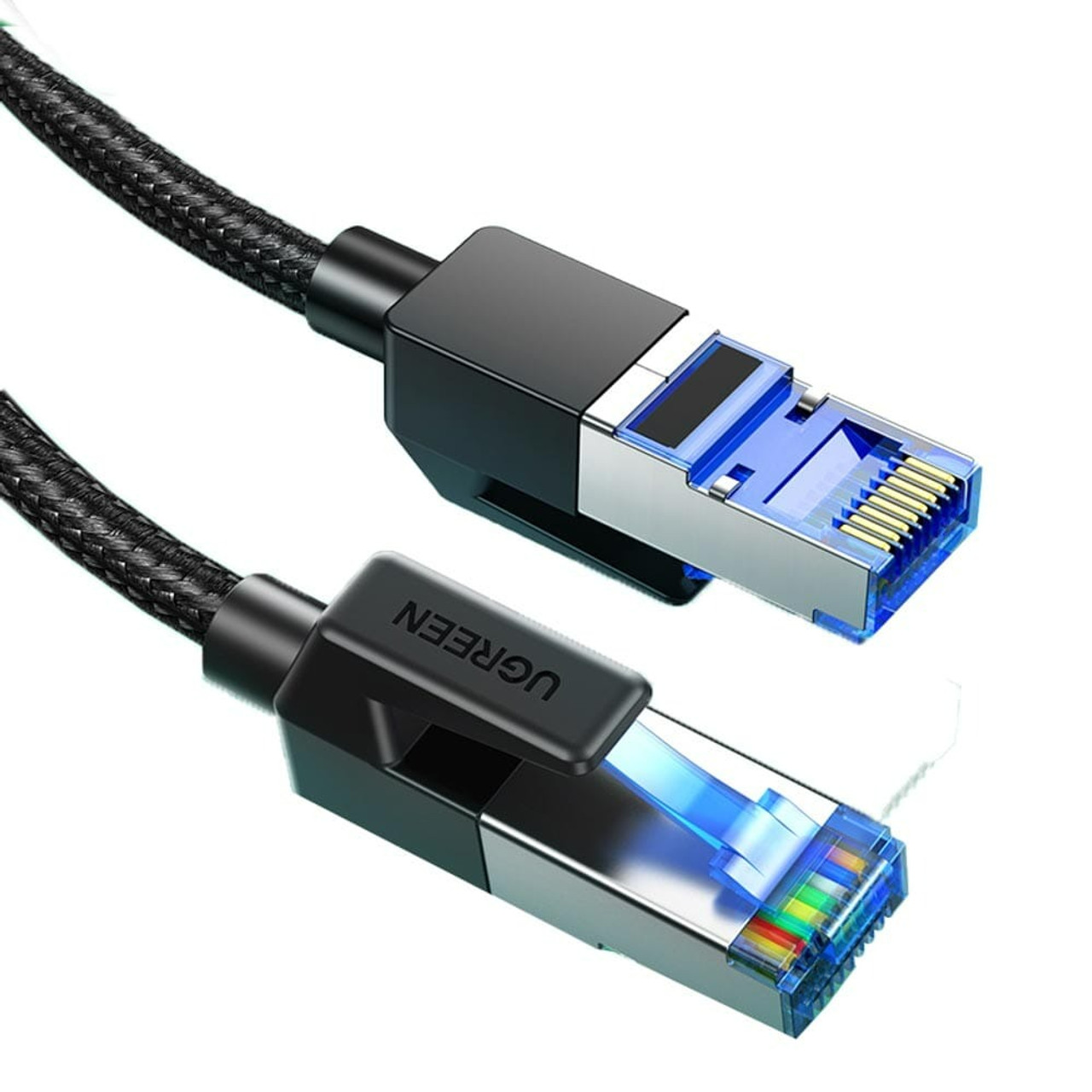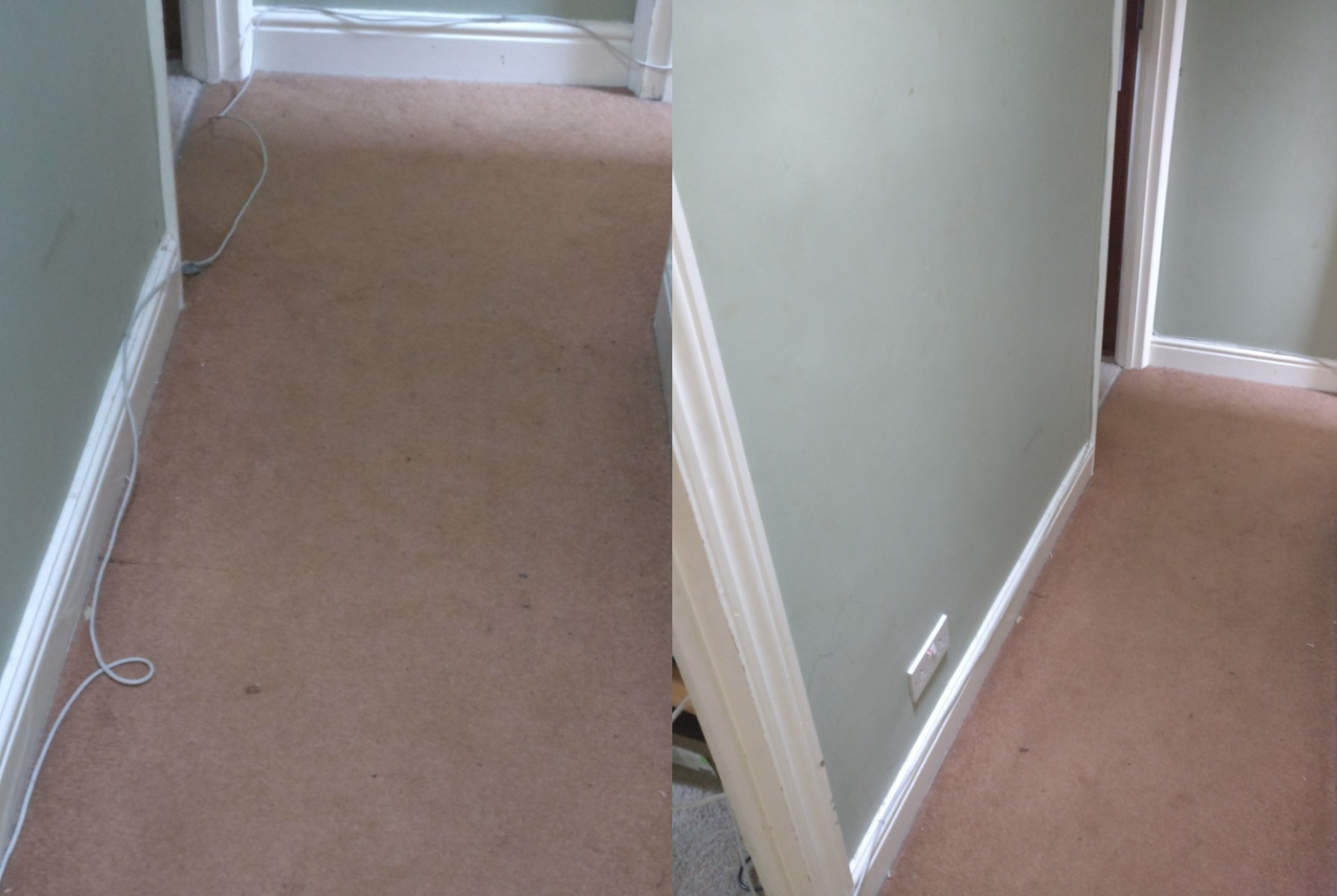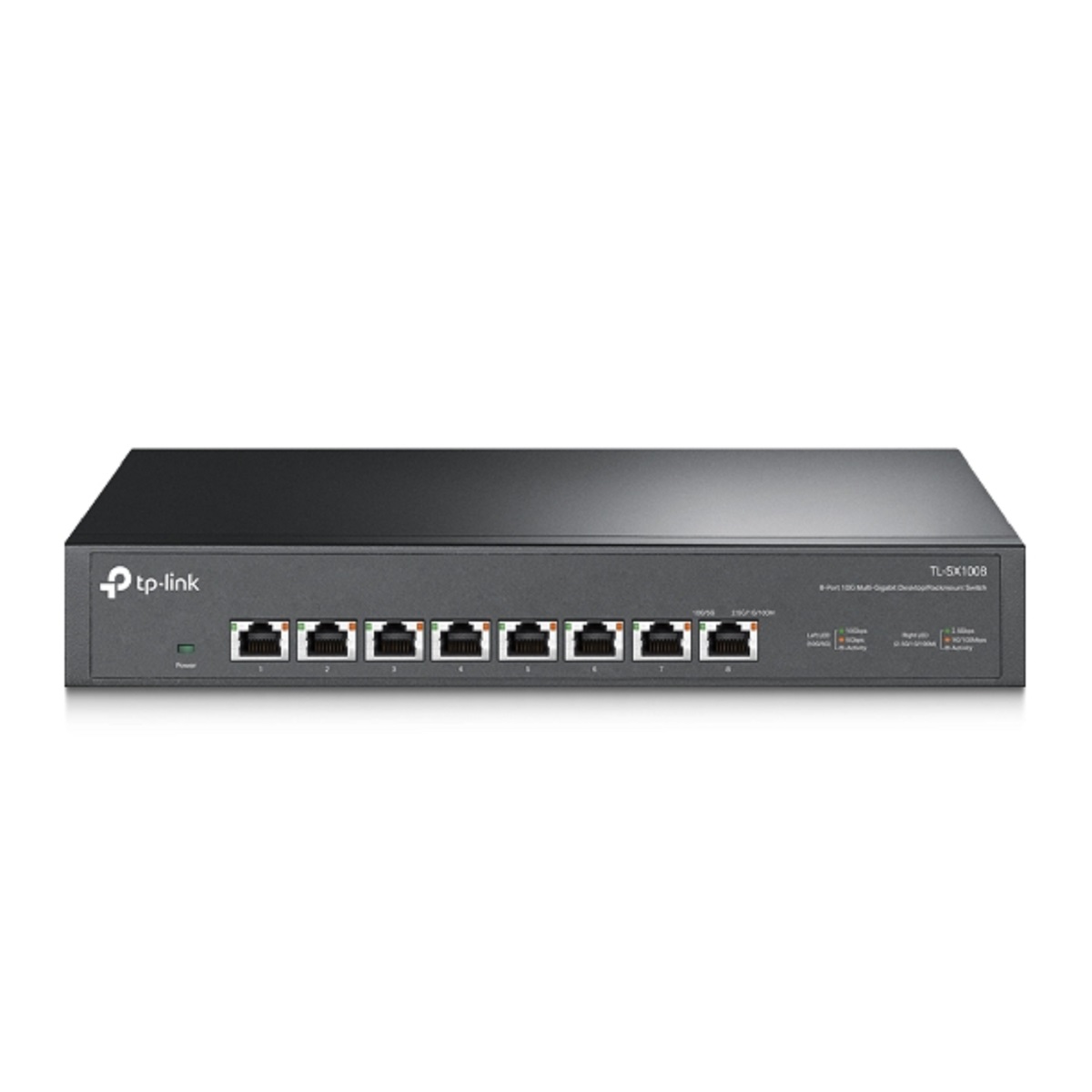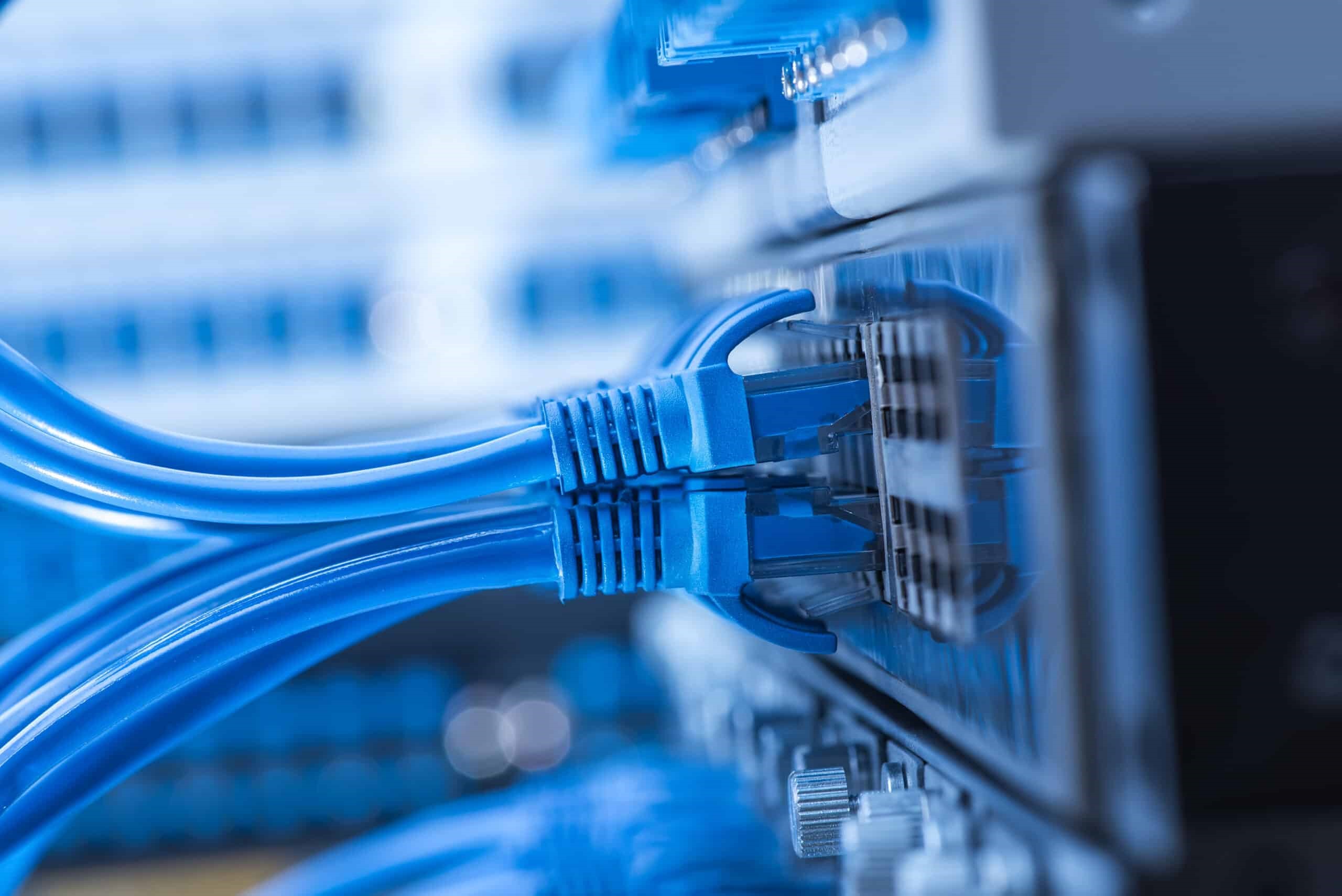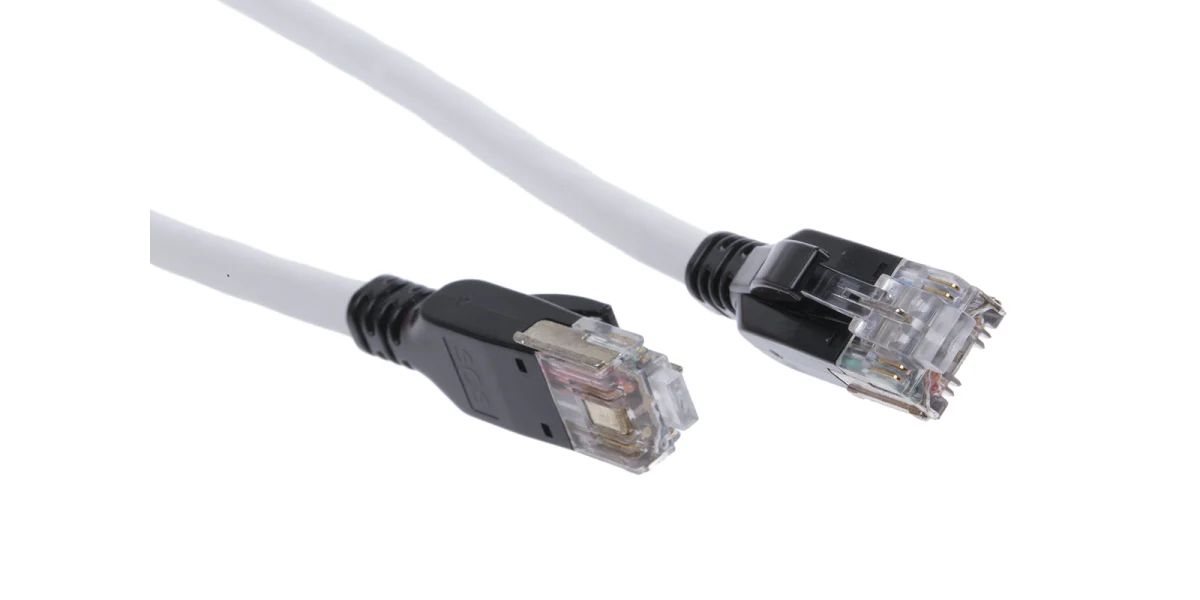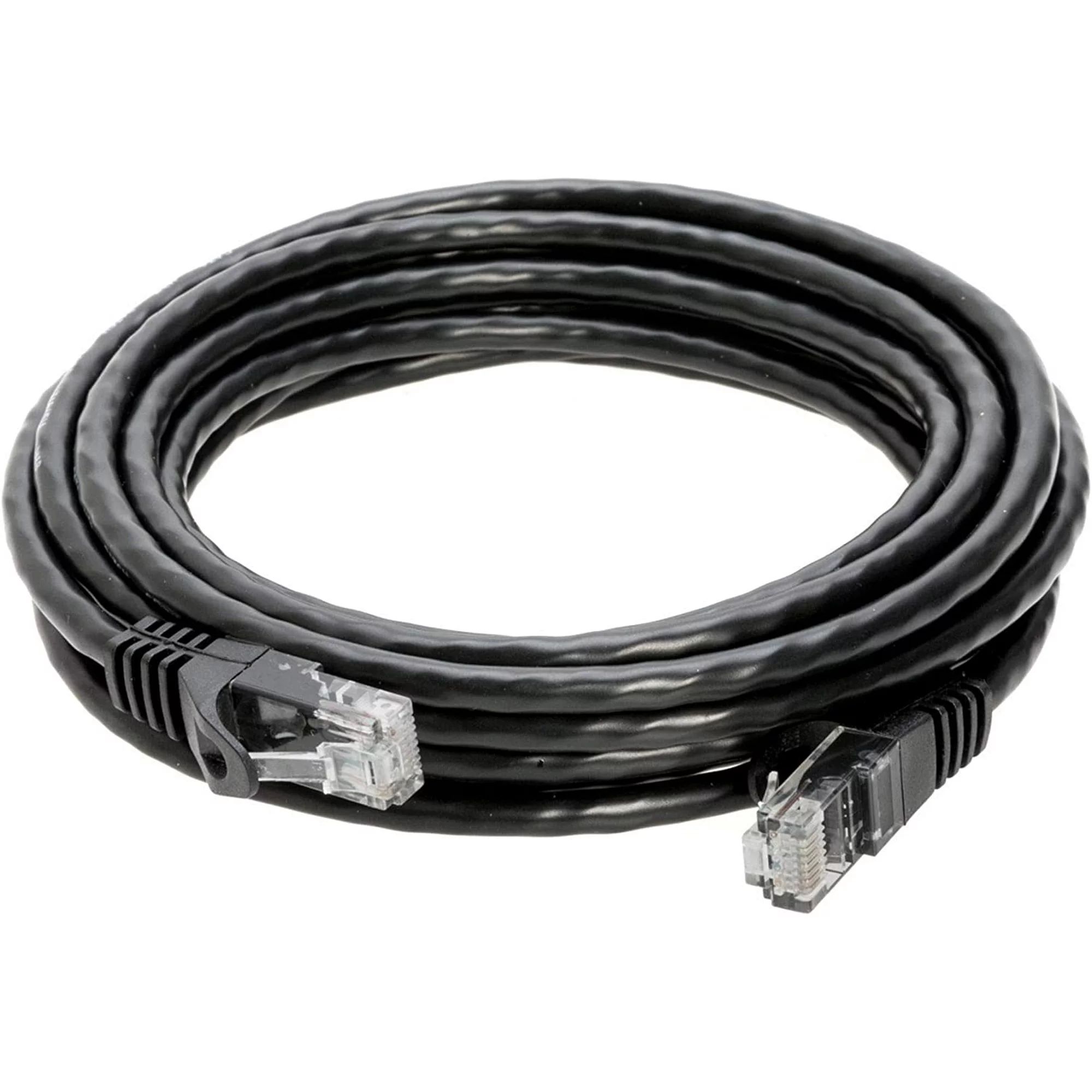Introduction
When it comes to setting up a reliable and efficient network, one of the key components that often gets overlooked is the Ethernet cord. A high-quality Ethernet cord is essential for ensuring a stable and fast internet connection, whether you’re streaming videos, gaming, or simply browsing the web.
In today’s digital age, where connectivity is crucial, understanding the different types of Ethernet cords available and knowing which one is best suited for your needs is essential. With various options to choose from, such as Cat5e, Cat6, Cat6a, and Cat7, it’s important to make an informed decision to optimize your network performance.
In this article, we will explore the different types of Ethernet cords and provide valuable insights to help you choose the best one for your specific requirements. We will discuss the key factors to consider when selecting an Ethernet cord and compare the features of Cat5e, Cat6, Cat6a, and Cat7 cords. So, let’s dive in and discover which Ethernet cord will be the best fit for your network needs.
Understanding Ethernet Cords
Ethernet cords, also known as network cables or patch cables, are essential for connecting devices to a Local Area Network (LAN) or the internet. These cords transmit data signals between devices such as computers, routers, switches, and modems. Understanding the different types of Ethernet cords is crucial for ensuring optimal network performance.
One key factor to consider when understanding Ethernet cords is the category rating. Commonly referred to as Cat, these ratings indicate the performance and speed capabilities of the cable. The most widely used categories are Cat5e, Cat6, Cat6a, and Cat7, each with its own advantages and limitations.
Cat5e Ethernet cords, short for Category 5e, are the most basic and affordable type. They support speeds up to 1 Gbps (Gigabits per second) and are suitable for typical home networks and small businesses. However, they may not provide the same level of performance and reliability as higher category cables.
Cat6 Ethernet cords, also known as Category 6, offer better performance and higher speeds compared to Cat5e. They can handle up to 10 Gbps and are equipped with improved insulation to reduce crosstalk, resulting in a more stable connection. Cat6 Ethernet cords are ideal for high-bandwidth applications and larger networks.
Cat6a Ethernet cords, on the other hand, are an enhanced version of Cat6 cables. With a maximum speed of 10 Gbps, they feature improved shielding for better protection against external interference. Cat6a cords are recommended for long-distance network connections and environments where signal integrity is critical.
Lastly, Cat7 Ethernet cords, also known as Category 7, are the highest category available. They have a maximum data transfer rate of 10 Gbps and offer superior shielding and isolation. Cat7 cables are designed to minimize interference and crosstalk, making them suitable for high-speed and high-demand networking environments.
Understanding the different types of Ethernet cords and their capabilities is essential for selecting the right cable for your specific needs. Factors such as speed requirements, network size, and environmental conditions should be considered when choosing the appropriate Ethernet cord.
In the next sections, we will delve deeper into the features and specifications of Cat5e, Cat6, Cat6a, and Cat7 Ethernet cords, so you can make an informed decision about which type is best suited for your network setup.
Factors to Consider
When deciding which Ethernet cord to choose for your network, there are several important factors to consider. Taking these factors into account will ensure that you select a cable that meets your specific requirements and maximizes network performance.
1. Speed Requirements: The first factor to consider is the speed you require for your network. Determine whether your network needs to support basic internet browsing, streaming, gaming, or high-bandwidth activities. Higher category cables, such as Cat6 and Cat7, offer faster speeds than Cat5e, which is suitable for most basic networking needs.
2. Distance: Consider the distance between your devices and the length of cable required. Each Ethernet cable has a specified maximum length, usually 100 meters (328 feet). If you have a larger network or require longer cable runs, Cat6a or Cat7 cables are recommended as they provide better signal integrity over longer distances.
3. Interference: Assess the level of external interference that your network may face. If you have multiple devices or electrical appliances in close proximity to your network cables, there is a higher chance of interference. In such cases, Cat6a or Cat7 cables with better shielding can help minimize interference and maintain a more stable connection.
4. Future-Proofing: Consider your future networking needs. If you anticipate upgrading your network or requiring higher speeds in the future, investing in Cat6 or Cat7 cables can provide more headroom and support future advancements in network technology.
5. Budget: Determine your budget for the Ethernet cord. Cat5e cables are generally more affordable compared to Cat6, Cat6a, or Cat7 cables. However, it’s important to strike a balance between your budget and the performance requirements of your network.
By carefully considering these factors, you can make an informed decision when selecting an Ethernet cord that aligns with your network requirements. The next sections will provide a detailed overview of the features and specifications of Cat5e, Cat6, Cat6a, and Cat7 cables, allowing you to make a well-informed choice for your network setup.
Cat5e Ethernet Cord
The Cat5e Ethernet cord, also known as Category 5 Enhanced, is one of the most commonly used cables for Ethernet network connections. It offers a balance between affordability and performance, making it suitable for most basic networking needs.
With a maximum speed of 1 Gbps (Gigabits per second), Cat5e cables can handle typical internet browsing, email, and basic file transfers. They are suitable for home networks, small offices, and businesses that do not have high-bandwidth demands.
Cat5e cables consist of four twisted pairs of wires enclosed in a protective jacket. These twisted pairs help reduce crosstalk and improve signal integrity, resulting in a more reliable connection. However, they do not have the same level of insulation and shielding as higher category cables.
One of the advantages of Cat5e cables is their affordability. They are readily available and are generally less expensive compared to Cat6, Cat6a, or Cat7 cables. This makes them a cost-effective choice for networks with basic connectivity needs.
However, it’s important to note that Cat5e cables may not be suitable for environments with high levels of interference or where greater speeds are required. They are more susceptible to external interference and have limitations in terms of data transmission over long distances.
Despite these limitations, Cat5e cables still offer reliable performance for most everyday networking tasks. If you have a small to medium-sized network and don’t require high speeds or long cable runs, Cat5e cables can be a practical and budget-friendly choice.
In summary, Cat5e Ethernet cords provide a cost-effective solution for basic networking needs. With a maximum speed of 1 Gbps, they are suitable for home users, small offices, and businesses that do not have high-bandwidth requirements. It’s important to assess your specific network needs and consider factors like speed, distance, and potential interference before deciding if Cat5e cables are the right choice for your network setup.
Cat6 Ethernet Cord
The Cat6 Ethernet cord, also known as Category 6, is an upgraded version of the Cat5e cable. It offers improved performance and higher speeds, making it suitable for networks with higher bandwidth demands.
With a maximum speed of 10 Gbps (Gigabits per second), Cat6 cables can handle faster data transfers and support high-bandwidth applications such as HD video streaming and online gaming. They are ideal for small to medium-sized networks that require faster and more reliable connectivity.
Cat6 cables feature tighter twists in the wires and improved insulation compared to Cat5e, which helps reduce crosstalk and interference. This results in a more stable and reliable connection, especially in environments with a high density of devices or electrical interference.
In addition to improved performance, Cat6 cables also have backward compatibility with Cat5e and lower category cables. This means that you can use Cat6 cables in your existing network infrastructure without any compatibility issues.
One of the key advantages of Cat6 cables is their ability to support longer cable runs. They are designed to minimize signal loss over longer distances, allowing for more flexibility in network setup. However, it’s important to note that the maximum recommended length for a Cat6 cable is still 100 meters (328 feet).
While Cat6 cables offer superior performance, they are generally more expensive than Cat5e cables. However, the price difference is often justified by the increased speed and reliability they provide. If you have a network with high bandwidth requirements or plan to upgrade your network in the future, investing in Cat6 cables can ensure optimal performance.
In summary, Cat6 Ethernet cords provide faster speeds and improved performance compared to Cat5e cables. With a maximum speed of 10 Gbps and better insulation, Cat6 cables are suitable for networks with higher bandwidth demands. They offer backward compatibility and support longer cable runs, making them a preferred choice for small to medium-sized networks that require faster and more reliable connectivity.
Cat6a Ethernet Cord
The Cat6a Ethernet cord, also known as Category 6a, is an enhanced version of the Cat6 cable. It offers even higher performance and improved shielding, making it ideal for networks with demanding bandwidth needs and environments where signal integrity is critical.
With a maximum speed of 10 Gbps (Gigabits per second), Cat6a cables provide the same data transfer rates as Cat6 cables. However, they offer better signal integrity and reduced signal degradation over longer distances.
Cat6a cables are designed with improved insulation and shielding, which helps minimize crosstalk and external interference. This makes them suitable for environments with higher levels of interference, larger networks, and longer cable runs.
One of the key advantages of Cat6a cables is their improved shielding effectiveness. The additional shielding ensures that signal quality is maintained, even in the presence of electromagnetic interference (EMI) or radio frequency interference (RFI).
Due to their enhanced performance and shielding, Cat6a cables are also capable of supporting 10 Gigabit Ethernet at the full 100-meter distance, whereas Cat6 cables may experience signal degradation over long runs.
Despite their benefits, it’s important to note that Cat6a cables are generally thicker and less flexible compared to Cat6 and Cat5e cables. This can make installation slightly more challenging, especially in tight spaces or when dealing with cable management.
In terms of cost, Cat6a cables are typically more expensive than Cat6 and Cat5e cables. However, the price difference is justified by the increased performance and superior signal integrity they provide. If you have a network that requires 10 Gigabit Ethernet support or operates in a high-interference environment, Cat6a cables are the recommended choice.
In summary, Cat6a Ethernet cords offer enhanced performance and improved shielding compared to Cat6 cables. With a maximum speed of 10 Gbps and better signal integrity, Cat6a cables are ideal for networks with demanding bandwidth needs and environments with higher levels of interference. Despite being slightly more expensive and less flexible, Cat6a cables provide the necessary reliability for larger networks and longer cable runs.
Cat7 Ethernet Cord
The Cat7 Ethernet cord, also known as Category 7, is the highest category of Ethernet cables currently available. It offers superior performance, enhanced shielding, and improved speed capabilities, making it suitable for networks with the most demanding requirements.
With a maximum speed of 10 Gbps (Gigabits per second), Cat7 cables can handle high-bandwidth activities such as 4K video streaming, large file transfers, and online gaming without any performance bottlenecks.
One of the key features of Cat7 cables is their superior shielding and improved isolation. They are designed with multiple layers of shielding and individually shielded pairs of wires, which provide excellent protection against electromagnetic interference (EMI) and crosstalk.
The enhanced shielding of Cat7 cables allows for more reliable and stable connections, even in environments with high levels of interference or electrical noise. This makes them particularly well-suited for industrial settings or areas with a lot of electrical equipment.
An additional advantage of Cat7 cables is their future-proofing capability. Unlike previous categories, Cat7 cables are capable of supporting even higher speeds and frequencies, making them suitable for potential advancements in network technology.
It’s important to note that Cat7 cables have a different connector than the standard RJ-45 connector used in other Ethernet cables. They use a GG45 or TERA connector, which provides better performance and compatibility with higher category cables.
While Cat7 cables offer exceptional performance, they are generally more expensive than other Ethernet cable categories due to their advanced technology and superior shielding. However, if you have a network that requires the highest speed and performance, Cat7 cables are worth the investment.
In summary, Cat7 Ethernet cords provide the highest performance and speed capabilities compared to other Ethernet cable categories. With a maximum speed of 10 Gbps and superior shielding, Cat7 cables are ideal for networks with demanding bandwidth requirements or environments with high levels of interference. While they are more expensive and require specialized connectors, Cat7 cables offer future-proofing and the ability to handle potential advancements in network technology.
Comparing Ethernet Cords
Now that we have explored the key features and specifications of Cat5e, Cat6, Cat6a, and Cat7 Ethernet cords, let’s compare these categories to help you make an informed decision based on your specific networking needs.
Speed: Cat5e Ethernet cords support speeds up to 1 Gbps, while Cat6, Cat6a, and Cat7 cables can handle speeds up to 10 Gbps. If your network requires faster data transfers or supports high-bandwidth applications, Cat6, Cat6a, or Cat7 cables are recommended.
Distance: While all Ethernet cords have a maximum recommended length of 100 meters (328 feet), Cat6a and Cat7 cables are better suited for longer cable runs due to their enhanced signal integrity and shielding capabilities.
Interference: Cat6a and Cat7 cables offer superior shielding, minimizing the impact of external interference. If you are in an environment with a high level of interference or electrical noise, Cat6a or Cat7 cables are the optimal choice.
Flexibility: Cat5e cables are generally more flexible and easier to maneuver compared to Cat6, Cat6a, and Cat7 cables, which are thicker and less flexible due to their enhanced insulation and shielding.
Price: Cat5e cables are the most affordable option, while Cat6, Cat6a, and Cat7 cables are generally more expensive due to their improved performance and shielding. Consider your budget, as well as your network requirements, when selecting an Ethernet cord.
When considering these factors, it’s important to assess your specific networking needs and prioritize what is most important for your network. If you require basic connectivity and are conscious of budget constraints, Cat5e cables may be sufficient. However, if you have higher bandwidth demands, longer cable runs, or operate in an environment with significant interference, investing in Cat6, Cat6a, or Cat7 cables is recommended for optimal performance and reliability.
Remember, it’s crucial to choose an Ethernet cord that aligns with your network’s requirements and growth potential. Taking these factors into account will ensure that you select the most suitable Ethernet cord to optimize your network’s performance and stability.
Conclusion
Choosing the best Ethernet cord for your network is a critical decision to ensure reliable and high-speed internet connectivity. Throughout this article, we have explored the features and specifications of Cat5e, Cat6, Cat6a, and Cat7 Ethernet cords, providing valuable insights to help you make an informed choice.
If you have basic networking needs and are conscious of budget constraints, Cat5e cables offer a cost-effective solution. They provide reliable performance for everyday tasks at speeds up to 1 Gbps. However, they may not be suitable for environments with a high level of interference or future-proofing requirements.
For networks with higher bandwidth demands and longer cable runs, Cat6 and Cat6a cables offer improved performance and signal integrity. With speeds up to 10 Gbps and enhanced shielding, they are suitable for small to medium-sized networks that require faster and more reliable connectivity.
For the most demanding networking requirements and environments with high levels of interference, Cat7 cables are the recommended choice. With their superior shielding and speed capabilities, they ensure optimal performance and stability, although they come at a higher cost.
Consider factors such as speed requirements, distance, interference, and budget when selecting an Ethernet cord. By evaluating these factors, you can choose the cable that best suits your network’s needs and ensures a seamless and efficient connection.
Remember, a well-chosen Ethernet cord is an investment in the long-term performance and reliability of your network. So, take the time to assess your network requirements and make an informed decision. Whether it’s Cat5e, Cat6, Cat6a, or Cat7, each category offers its own advantages and limitations to cater to different networking needs.
Now that you have a better understanding of Ethernet cords, you can confidently choose the best one to support your network setup. So go ahead, select your Ethernet cord, and enjoy a fast and stable internet connection for all your networking needs.







